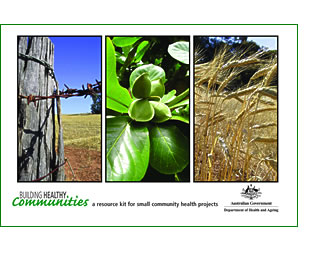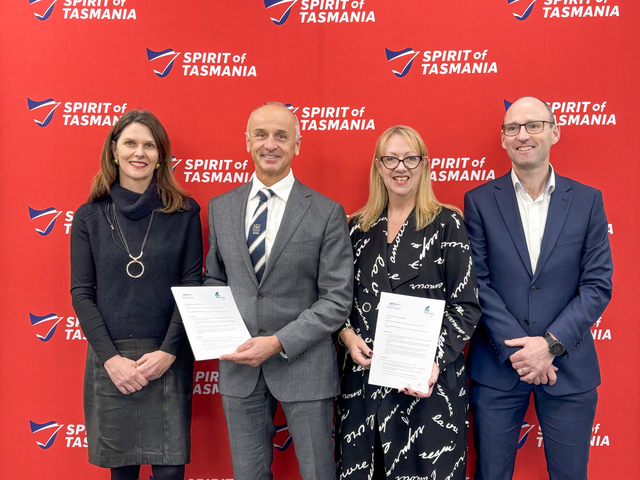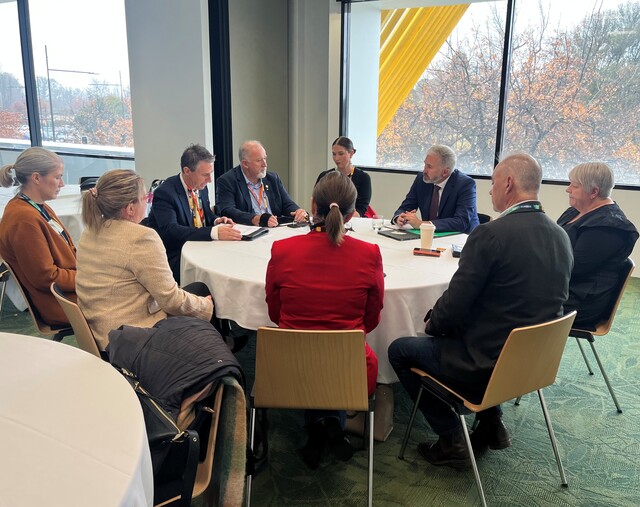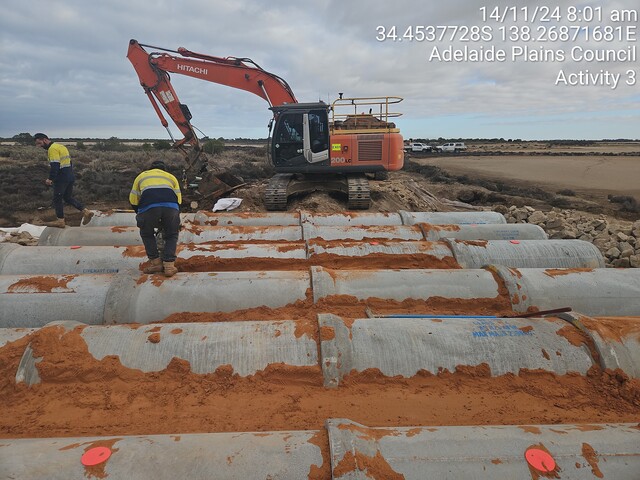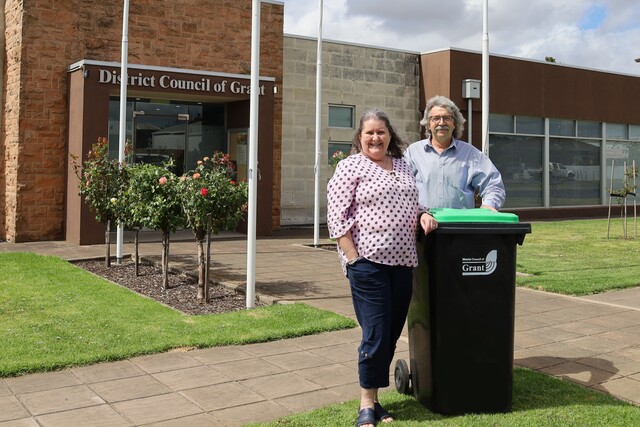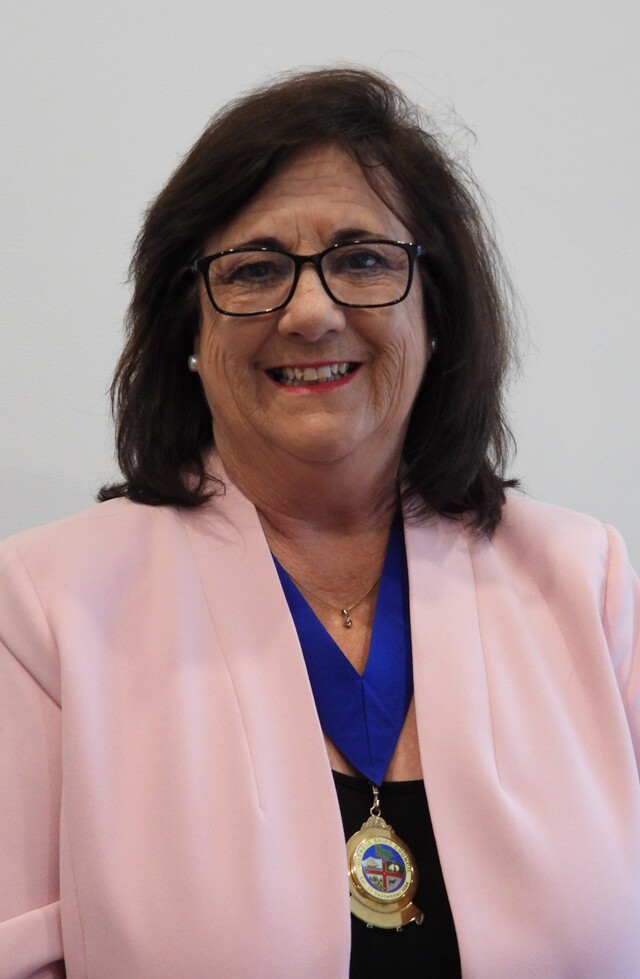Remote communities in Australia are already showing tangible benefits from a commitment by the Australian Government of almost $11.5 million to develop and introduce a Building Healthy Communities (BHC) program. The BHC initiative gives communities the resources and support required to find their own sustainable solutions to prevent or tackle locally identified health problems. It aims to improve health and lifestyles of people living in remote, mainly Indigenous, communities, by taking a preventative approach, looking at ways to lower some of the risk factors for chronic disease such as inactivity, boredom, lack of exercise facilities, limited access to healthy food options, smoking, excessive alcohol consumption and drug use.
Some communities have started quit smoking campaigns, fruit and vegetable gardens, dance classes, young mothers groups, campaigns to increase knowledge of good nutrition and eating habits, as well as disease and drug awareness.
In the Torres Strait, people worried by an increasing number of diabetics in the community are trying to find their own ways to reduce its impact. One community member observed that: “If there is no stop to the poor diet and exercise habits of our people, our children will not get to live half the life their grandfathers and grandmothers did.”
Traditionally, the islanders hunted, travelled on foot, rowed canoes and were involved in daily routine activities that kept them fit. The Danalaig Niai Idid (or ‘Our Life, Our Way To Live Longer’) BHC Project is examining ways to re-introduce elements of their traditional way of life. The communities plan to grow traditional fruit and vegetables such as cassava, taro, sweet potato, yam and watermelon in a community garden. They will also encourage youth to get involved in regular island dance practice and other cultural activities, such as traditional games.
“The project will give our people the chance to understand more about their health and bodies through meaningful programs and activities,” a community member said. “Well persons will stay well and sick persons can manage their health by taking the right medication and eating the right foods.”
For a community to have a BHC project, the funded organisation has to show it is willing, where possible, to employ local people, show that the community wants to undertake the project, and agree for the project to receive support with skills development. As a result, many projects have been integrated into local Shared Responsibility Agreements, which could lead to long term sustainable results.
The program is providing local employment, which develops valuable leadership skills and ensures people working on the projects have a strong interest in the outcomes.
Although the BHC program is in the early stages, many of the communities involved have taken to the challenge and are making positive changes that will mean a brighter outlook for the future. It is also bringing communities together and showing how much can be achieved when people work as a team. There are many challenges and achievements still to come which will result in reduced chronic disease risk factors and stronger and healthier communities.
The 31 BHC projects are based on the community development model detailed in the Building Healthy Communities Resource Guide. This easy to understand guide could help other communities set up their own activities program to help promote healthy communities.
The Building Healthy Communities Resource Guide is available online at www.health.gov.au/internet/wcms/publishing.nsf/Content/ruralhealth-pubs-BHC.htm or free of charge from National Mail and Marketing, telephone (02) 6269 1000 or email nmm@nationalmailing.com.au

